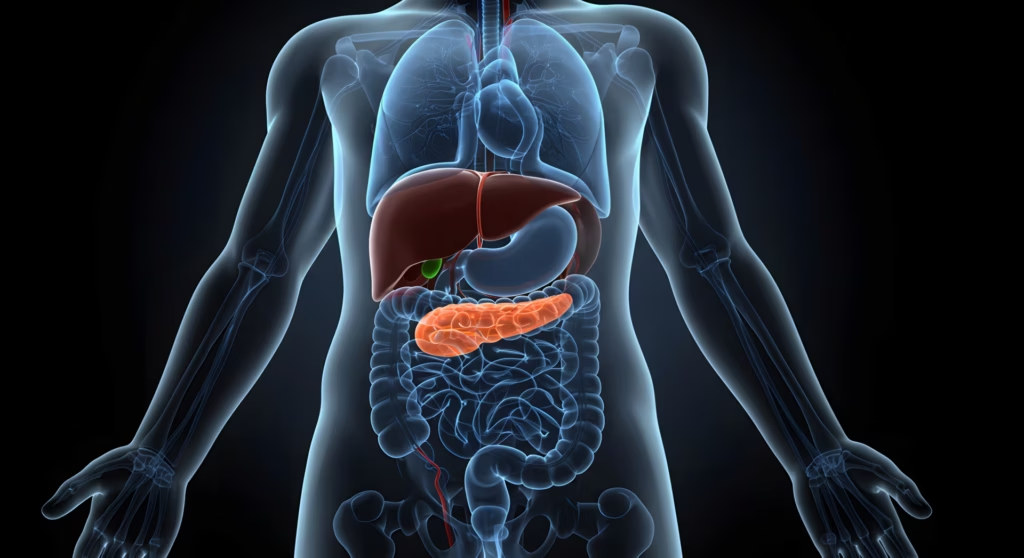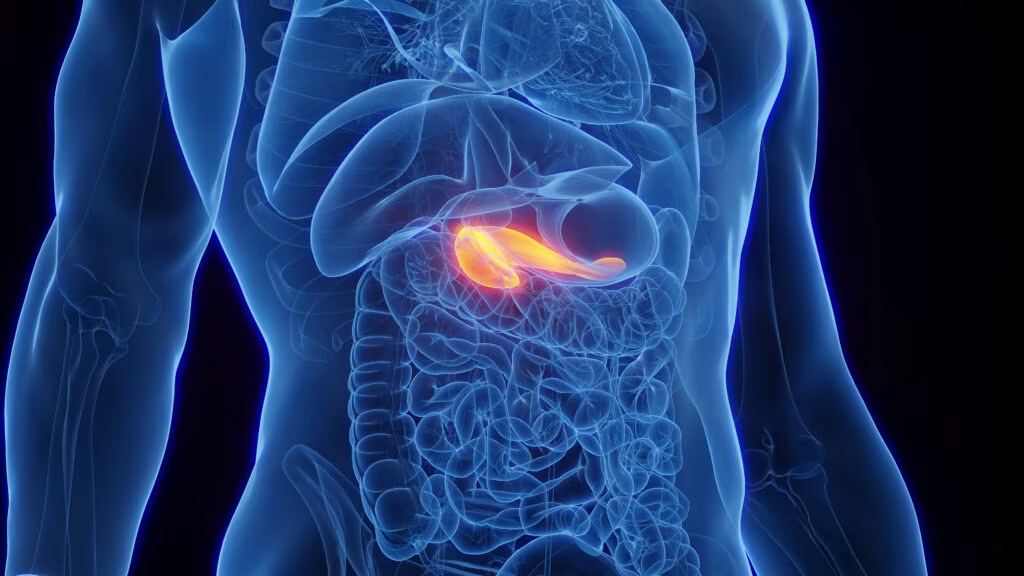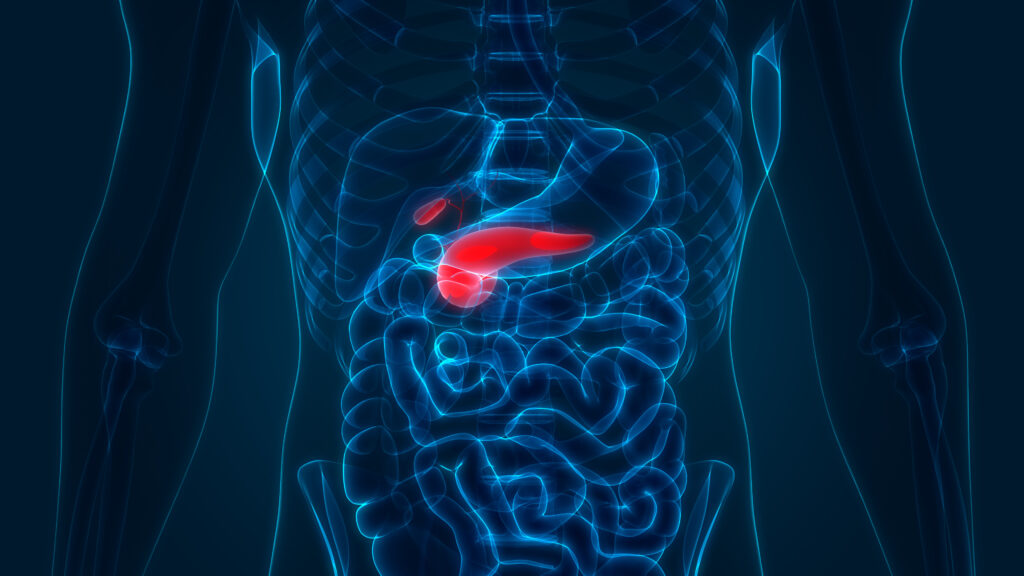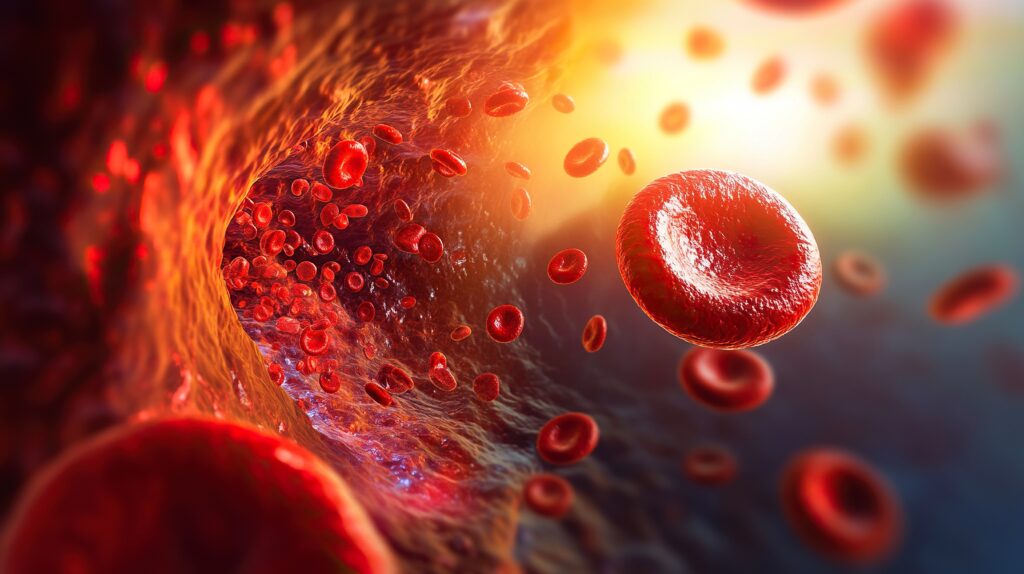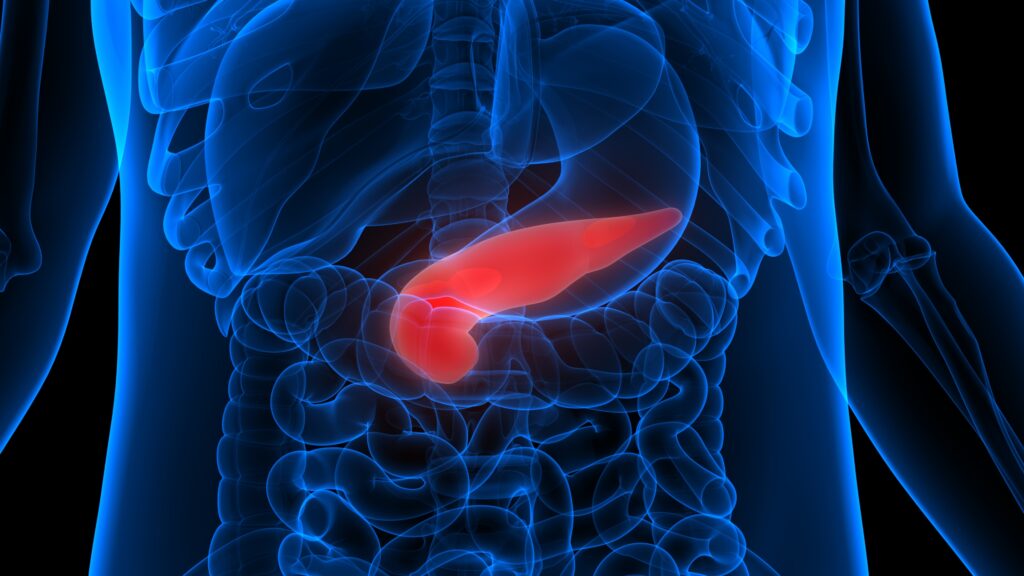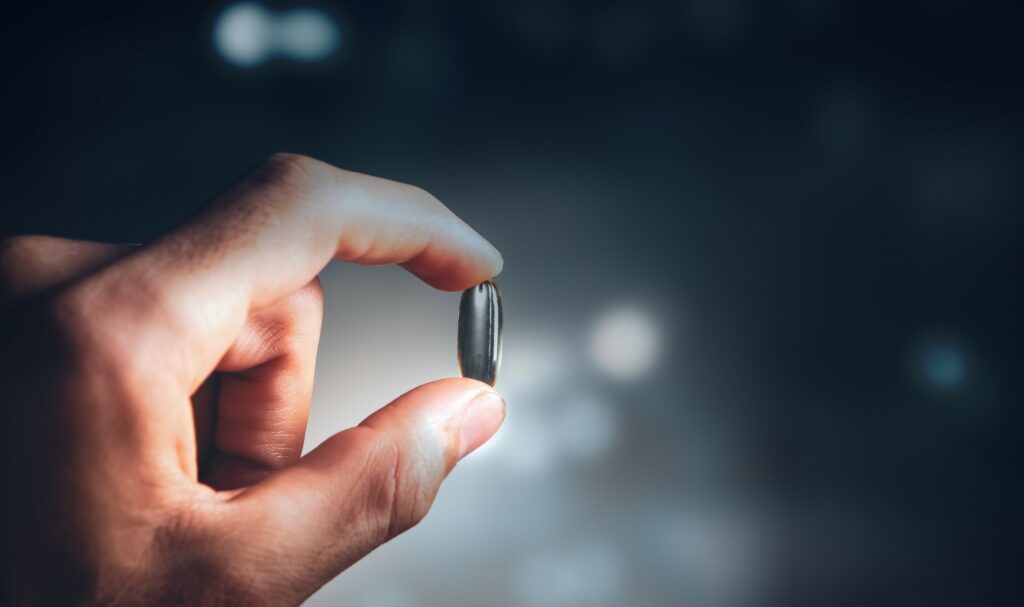Approximately 20–34% of hospitalized patients have a diagnosis of diabetes, while many others experience stress hyperglycaemia, both increasing the occurrence of dysglycaemia in the hospital.1 Hyperglycaemia is associated with increased infection rates and higher mortality rates. Conversely, hypoglycaemia can lead to adverse neurological outcomes, prolonged hospital stays, as well as increased mortality.1 In spite of current guidelines and standards of practice, diabetes management can be challenging in the hospital due to a broad spectrum of hospitalized individuals with various glycaemic targets, diverse medications and individualized metabolic responses. There is a desire to have safe and effective non-pharmacological and pharmacological options for each individual and population as the landscape of diabetes management continues to evolve. Safe and effective diabetes management is especially important in the hospital to reduce mortality, improve quality of life and reduce the length of stay.1 Therefore, the use of continuous glucose monitoring/monitors (CGM) has emerged as a non-pharmacological and transformative diabetes technology to evaluate and manage glucose levels in hospitalized individuals.
CGM refers to a diabetes technology that allows for the continuous and real-time indirect measurement of glucose levels via an individual’s interstitial fluid.2 The technology is used to track and monitor glucose levels in real time throughout the day and night; a small sensor is inserted under the skin, typically in the abdomen or arm, to measure glucose levels in the interstitial fluid. The sensor transmits data to a monitor or smartphone app, providing continuous feedback on trends and patterns. This specific type of technology offers several advantages over traditional fingerstick testing with a glucometer. More data points from CGM provide a comprehensive view of glycaemic variability, allowing for more precise and timely adjustments, when needed, for improved glycaemic management.2 The comprehensive view can help detect hyperglycaemia and hypoglycaemia more effectively, reducing the risk of complications.
Initially instituted in the outpatient setting, where CGMs have become favoured and used, their potential for use in the hospital setting has emerged over recent years. Traditional glucometer testing methods are typically completed by staff four times a day in a non-critical, hospitalized patient, supplying limited snapshots of glycaemic status and increasing staff burden.3,4 With uninterrupted collection of data, CGM is a valuable tool for diabetes care in the hospital, as it can allow for timely and informed clinical decisions for hyperglycaemia and hypoglycaemia.2 Specifically focusing on insulin-dependent patients in the hospital, CGM innovations can monitor insulin dosing and administration to predict future hypoglycaemic or hyperglycaemic events using algorithms that anticipate the direction of blood glucose levels.3 This technological advancement provides improved accuracy and predictability of glycaemic events, making it attractive for inpatient use; however, the minimal research on CGM use in the hospital setting has limited its widespread implementation.3,5 With the increasing number of patients coming into the hospital with CGM devices, the need for additional research and guidance on in-patient use is needed.
This article provides a comprehensive exploration of the role of CGM as a tool for diabetes care in the hospital. The advantages and disadvantages of CGM are summarized with a perspective on clinical application to enhance care and improve outcomes in the dynamic environment of the hospital.
Impact on outcomes
CGM is a powerful tool that can transform diabetes management in the hospital setting. Hyperglycaemia can increase the risk of infection, prolong hospitalization, delay wound healing and result in higher mortality rates.1 In the hospital, people living with diabetes or those with stress hyperglycaemia often experience fluctuating glucose levels due to stress, medications and food intake.1 Point-of-care testing with a hospital-approved glucometer may not fully capture glucose trends and could miss early signs of hyperglycaemia, hypoglycaemia or glucose variability. CGM offers significant benefits by providing continuous, real-time glucose data.2 This technology can detect hyperglycaemic or hypoglycaemic events earlier for timely intervention. Additionally, the frequency of fingerstick testing can be reduced, thereby decreasing the workload for bedside staff. CGM’s higher accuracy enables proactive management of diabetes care in the hospital.1–3
Several studies have highlighted the potential benefits of CGM in hospitalized patients, particularly in critical care settings.6–12 A randomized trial by Holzinger et al. demonstrated that real-time CGM can effectively monitor glucose levels in critically ill patients by reducing hypoglycaemic events without compromising safety.6 Similarly, a pilot study by Sweeney et al. found that CGM use in high-risk, non-critically ill post-cardiac surgery patients improved glycaemic control during intensive care unit transitions, especially in the COVID-19 era.7 Additional research suggested that hybrid CGM protocols reduced point-of-care glucose testing by 63%, achieved a mean time-in-range of 71.4% and significantly reduced recurrent hypoglycaemic events (p=0.03).8 Moreover, nursing acceptance of CGM is crucial for successful implementation, indicating a shift towards a broader adoption of diabetes technology in inpatient care.9 These findings underscore the need to redefine inpatient diabetes management strategies and support CGM integration into standard hospital protocols. Table 1 summarizes articles published in the previous 12 months on CGM in the hospital, reflecting the growing popularity of CGMs for diabetes care in this setting and among diverse populations.10–12
Table 1: Summary of recent articles on continuous glucose monitoring in hospital setting10–12
| First author | Population | Intervention | Comparator | Primary outcome |
| Hirsch et al.10 | People with type 2 diabetes, non-ICU | Glucose target 90–130 mg/dL guided by CGM | Glucose target 140–180 mg/dL | No significant improvement in glucose levels with CGM |
| Shang et al.11 | People with COVID-19 in the ICU | Intermittent scanned CGM | Point-of-care capillary test | Significantly lower hazard ratio in 28-day mortality and shorter average ICU stay with the CGM group, compared to the control group |
| Oosterom-Eijmaelet al.12 | People undergoing cardiac surgery | Real-time CGM | Point-of-care capillary test | Accurate method for glucose assessment despite intraoperative sensor interruptions |
CGM = continuous glucose monitoring ;ICU = intensive care unit.
Considerations for implementation among hospitals
Policy development and protocol standardization
The successful adoption of CGM in hospital settings requires careful planning and consideration by key stakeholders. Hospitals should establish comprehensive policies and protocols to ensure safe and effective implementation of this sophisticated diabetes technology. These should specify clear patient selection criteria, procedures for sensor insertion, calibration guidelines and alarm thresholds. Selecting appropriate patients who would benefit from CGM during hospitalization, including those with diabetes or stress hyperglycaemia, is critical. Following evidence-based guidelines and consensus reports ensures that CGM is used appropriately and consistently across hospital settings. Protocols should align with institutional practices and emphasize standardization to improve glycaemic management outcomes. The successful integration of CGM into protocols is a critical step towards improving diabetes care and management for hospitalized individuals.3,5
Integration into clinical workflow
Hospitals should evaluate the best CGM device for implementation based on critical factors such as sensor accuracy, alarm functionality, data integration capabilities, ease of use and compatibility with electronic health records (EHRs). For patients with diabetes or stress hyperglycaemia, seamless integration of CGM data into the EHR is essential. This ensures real-time accessibility of glucose trends and alerts for the healthcare team and provider, enabling timely and informed clinical decision-making. Effective integration of CGM data into EHR systems is crucial for real-time monitoring and clinical decision-making. Seamless data access allows the healthcare team to recognize trends, mitigate risks like hypoglycaemia or hyperglycaemia and optimize treatment plans promptly. Additionally, hospitals must ensure compliance with privacy regulations, as well as adherence to other regulatory requirements.3,5
Types of continuous glucose monitoring devices for hospital use
Available options include Food and Drug Administration (FDA)-approved invasive CGMs such as Dexcom G6/G7 (Dexcom Inc., San Diego, CA, USA), FreeStyle Libre systems (Abbott Laboratories, Abbott Park, IL, USA, Medtronic Guardian Sensor 3 (Medtronic, Galway, Ireland) and Eversense (Senseonics Holdings Inc., Germantown, MD, USA) are subcutaneous devices that are increasingly considered for hospital use. Among these, devices such as Dexcom G6 and Libre Freestyle Pro stand out due to their real-time data-sharing capabilities and minimal calibration requirements, making them promising candidates for inpatient care. Cost considerations, including sensor replacement, should be balanced with potential savings from improved glycaemic control and reduced complications. Selecting the right device for specific hospital needs maximizes the benefits of CGM technology. Healthcare providers should proactively order this technology, when appropriate, and be educated on the established criteria.5
Education for healthcare teams and patients
For successful implementation, healthcare providers, including nurses, medical practitioners, advanced practice providers and pharmacists, should receive comprehensive, role-specific training on the selected CGM device annually. Training should be tailored to individual responsibilities. For instance, nurses should focus on sensor insertion, proper sensor placement and calibration techniques. In contrast, medical providers and pharmacists should concentrate on interpreting CGM data, recognizing glycaemic trends and making evidence-based therapeutic adjustments. This targeted approach ensures that all team members are equipped with the knowledge and skills necessary to seamlessly integrate and optimize CGM use to improve patient outcomes. Hospitalized individuals and family members should also be educated about the purpose and operation of CGM devices. Providing clear, accessible resources ensures confidence in device use and continuity of care after discharge.5
Continuous monitoring and outcome evaluation
Implementing CGM in hospitals is an ongoing process requiring regular assessment of clinical outcomes. Metrics such as glycaemic variability, hypoglycaemia and hyperglycaemia rates, length of stay and staff satisfaction should be monitored. Hospitals should use these insights to refine protocols and justify CGM adoption as a cost-effective strategy for improving patient outcomes. By addressing these considerations and selecting the most suitable CGM system, hospitals can effectively implement and harness the full potential of CGM to enhance glycaemic control, prevent complications and improve patient care within the hospital setting. The benefits of CGM use in hospitalized individuals are diverse and apply to populations that pose unique challenges, such as critically ill patients or paediatric patients.3,5
Challenges and limitations
While CGM holds promise in enhancing diabetes management in the hospital, its adoption and use are not without challenges and limitations. Some of the main challenges can include, but are not limited to cost, accuracy and calibration challenges, acceptance among hospital employees and data security and privacy concerns. Addressing these challenges and limitations is important to maximize the benefits of CGM implementation in a hospital setting. Table 2 describes potential challenges and limitations with proposed solutions to overcome the barriers.
Table 2: Challenges and limitations of continuous glucose monitors in the hospital with potential solutions
| What is the challenge or limitation? | How is the challenge or limitation related to CGM? | How can the challenge or limitation be resolved to use CGM in the hospital? |
| Cost considerations |
|
|
| Accuracy and reliability |
|
|
| Training and education with integration |
|
|
| Regulatory and ethical concerns |
|
|
| Patient compliance and comfort |
|
|
| Resistance to change and clinical Implementation |
|
|
CGM = continuous glucose monitoring ;EHR = electronic health records.
Future directions
The future of CGM holds exciting possibilities for personalized diabetes management in the hospital; however, there may be more questions, indicating the need for ongoing clinical research and publication of best practices for successful implementation of CGM in a hospital setting. Ongoing clinical trials and research studies should validate the benefits of CGM in various populations, such as critically ill individuals or those on dialysis. In addition, research can refine best practices for protocol development, candidate selection and data interpretation of CGM in the hospital. For example, the integration of CGM data could foster seamless and comprehensive data sharing, which would be an integral part of the hospital or healthcare system’s digital infrastructure for diabetes care. Clinical impact could consistently be assessed based on a reduction in hospital days or length of stay, hypoglycaemic episodes and hyperglycaemic episodes. Other outcomes could include the impact on hospitalizations and cost savings on the healthcare system. As positive or valuable insights are available, evidence-based guidelines and consensus reports should be updated to reflect new results. Lastly, the role of artificial intelligence algorithms should be investigated to determine how CGM systems can provide more predictive analytics in the hospital setting.
Conclusion
This article provides a comprehensive overview of the use of CGM in the hospital setting, when clinically appropriate for an individual with diabetes. Using CGM in the hospital setting can offer a proactive approach to address challenges such as hyperglycaemia, hypoglycaemia and glucose variability. In addition, CGM can enable healthcare professionals to intervene quickly with prescribed regimens and optimize control while minimizing risks associated with glucose instability. This technology can empower people with diabetes and clinicians to provide person-centred, team-based care with informed decisions and treatment plans for optimal care. While not approved by the FDA for hospital use, policies and procedures can be created and established for the safe use of CGMs in both non-critical care and critical care settings. Emphasizing accuracy and reliability and implementing best practices for quality assurance, hospitals can maintain the highest standards of patient care in the use of CGM. These measures ensure that CGMs effectively contribute to improved glycaemic outcomes within the hospital setting. Real-world data and research could further justify safety and efficacy of CGMs for hospital use.


